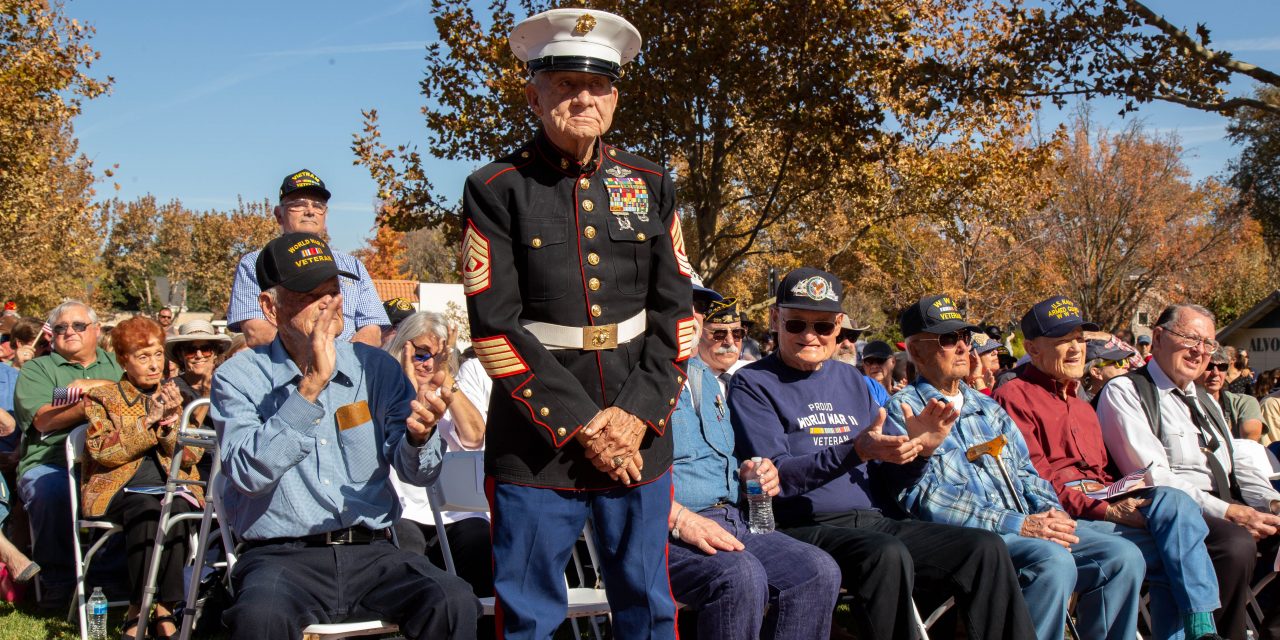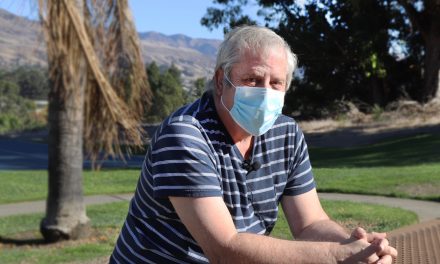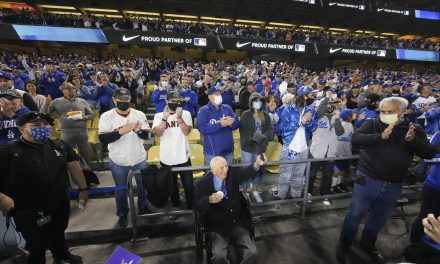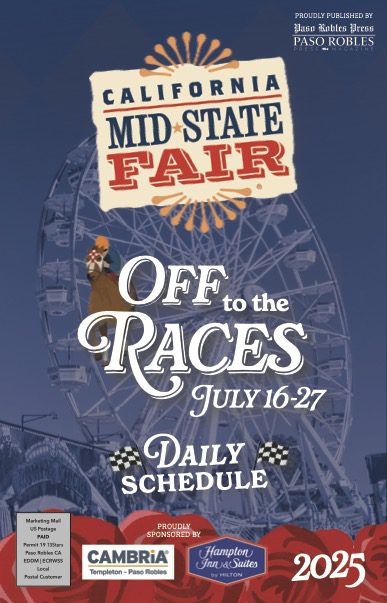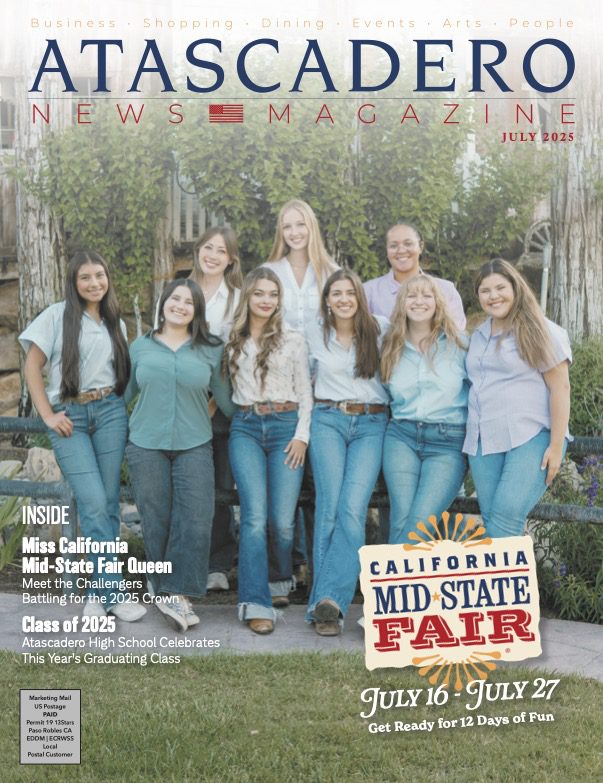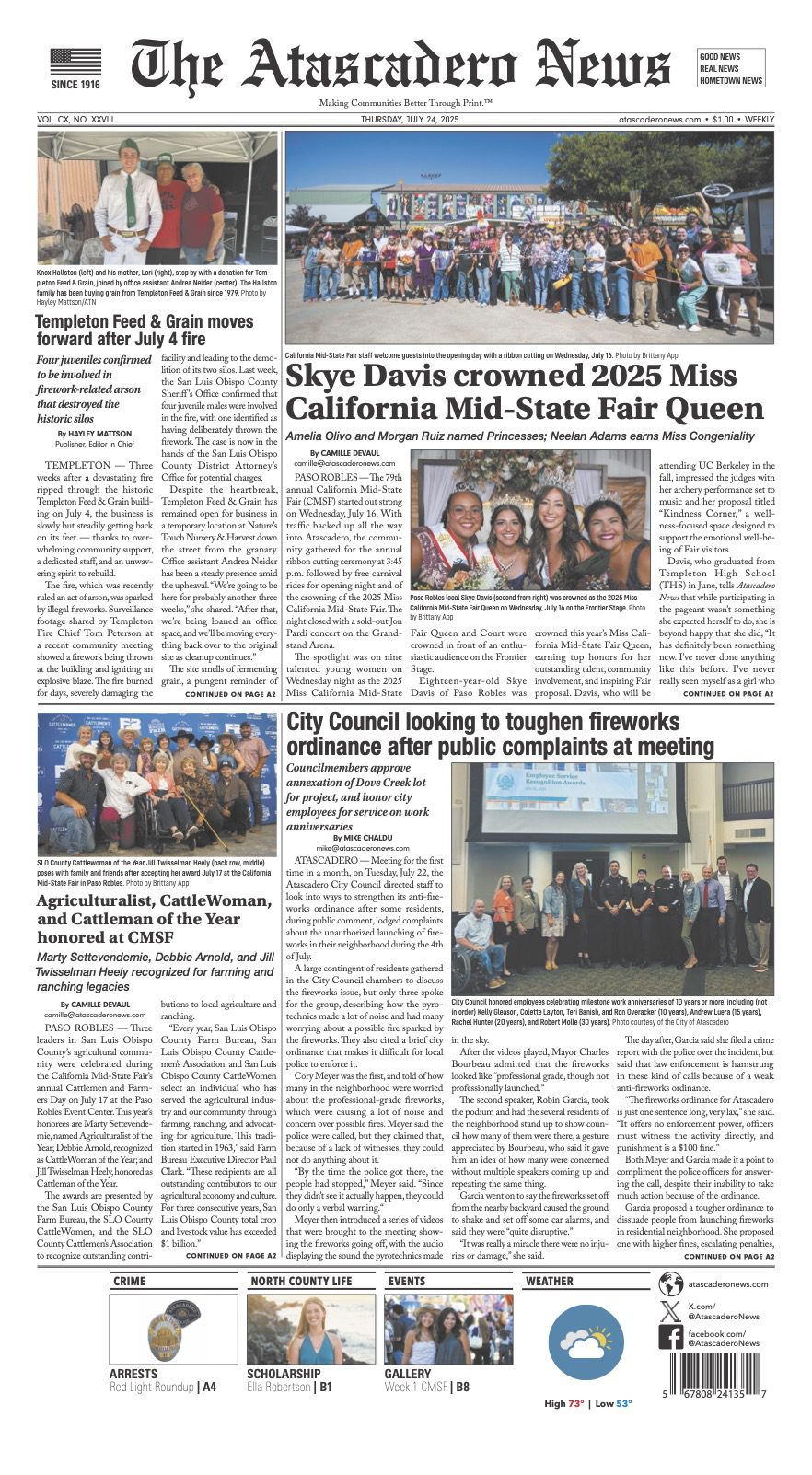The earliest man-made structure in Atascadero is known as the Estrada Adobe.
What remains of it — a pile of “melted” adobe blocks — sits next to Traffic Way, a little under two miles east of El Camino Real.
Originally that historic trail and stagecoach route followed the alignment of what is today’s Traffic Way. The road was also known as La Plaza Boulevard in the earliest days of the Colony of Atascadero, which was developed by eastern publisher Edward Gardner Lewis.
For the first time in the history of the site, there is now a posted sign and photograph marking what is this very important piece of ground. The signage was funded by a trio of local historians which includes Lon Allan, Brad Humphrey and Mike Lucas.
Allan, former editor of the Atascadero News and author of two books on the history of the city; Humphrey, former journalist with the newspaper and author of many historic articles while with the publication; and Lucas, publisher of Allan’s first book, “Atascadero, The vision of one – The work of many.”
Lucas, a printer by trade, has been a long-time enthusiast for telling Atascadero’s colorful history. All three felt the site, now owned by the City of Atascadero, was long overdue for site
recognition.
According to the late Wallace Ohles, author of “The Lands of Mission San Miguel,” this portion of Traffic Way was at one time the original El Camino Real. And just across the road is the pure-water spring known today as “Adobe Springs.” Undoubtedly, as Ohles points out, the presence of the spring made this spot a necessary stage stop in the days of horses and wagons. For many years water from the spring trickled across the road. Today the water, which flows into a gated residential community known as “The Lakes,” is directed beneath the paved roadway and railroad tracks.
The water finds its way into artificially created lakes nearby.
Ohles writes that in earlier days the spring was known as “Estrada Springs.” Steve Buelna, a local Native American, called the site “Sapo Springs.”

The adobe was there when Southern Pacific Railroad laid tracks within 100 feet of it to take the railroad into Santa Margarita and eventually over the Cuesta Grade into San Luis Obispo.
“Neophytes,” or Christianized Tulare Indians, built the adobe just after the turn of the century. At that time, what we know as Atascadero was the southernmost outpost of Mission San Miguel. The mission was founded in the summer of 1797, the 16th in the chain of California missions established by Spain. The adobe was built around 1812.
The building was used by the mission to store grain and provide a place to live for those who worked for the mission.
Pedro Estrada didn’t occupy the building until about 1860. By the time Estrada acquired the adobe structure, it was almost a half-century-old. The roof and upper part of the walls were in horrible repair. Estrada had the Indians remove the top portion of the crumbling walls down to a single story which made them stronger. The old adobe at this time consisted of five rooms. A new roof was built atop the stronger single-story walls.
A hole where the earth was taken to make the adobe blocks for the Estrada Adobe (mission outpost) had to be filled in in 1888 when the railroad was extended further south from Templeton to Santa Margarita. The rail line over the Cuesta Grade wouldn’t be completed into San Luis Obispo until 1894.
Ohles writes that Fred Shoemaker, of Paso Robles, remembered a family living in the adobe in 1921 and ‘22. He said there were cement floors in the structure and a tile roof. By 1936 three rooms and a tiled shed were still standing.
The Estrada Adobe served as a stop for the stage. A natural spring exists on the hillside above the old adobe, which is probably the reason for its location. Old grape vines still exist in the weeds around the adobe site, as does a fruit tree.
In an interview with Shoemaker, Ohles was told that Estrada, while intoxicated, gambled away most of his ranch. When he became sober, he (Estrada) was supposed to have threatened to kill the man who had taken his ranch on a gambling debt.
Pedro Estrada eventually lost control of the Atascadero rancho, just as his brother, Joaquin Estrada, lost control and ownership of Rancho Santa Margarita. Pedro Estrada ended up with about 200 acres located between Traffic Way and the Salinas River, referred to on city maps today as the “Estrada Tract.”
It is the property on which the gated residential community of “The Lakes” was built. The historic dairy and reservoir were removed to make room for the new homes clustered around the two man-made lakes.
Estrada lost or sold the property to San Jose businessman Jason H. Henry but we don’t know exactly the year. But Estrada lived in the adobe until his death on January 30, 1897. There are some historians who believe Pedro Estrada may have been buried on his property. Others say he was buried in the Templeton Cemetery, but there are no records to support either view. A Native
American cemetery nearby was destroyed in 1918 by the Colony Holding Corporation for Lewis’ utopian community.
Native American remains and other historic artifacts have been found in the area of the Estrada Adobe and nearby hillside as developers have reshaped the property for housing.
When Atascadero’s founder, E. G. Lewis purchased the Henry ranch, it included Estrada’s property which had the adobe structure on it.
Delia Holden purchased the Estrada Tract from Lewis in 1917 and held the property until the early 1940s. Her home stands as one of the city’s premier Colony homes on Rosario Avenue.
The long-abandoned Estrada adobe was used by workers from the railroad and transients for many years.
Just prior to World War II, James McCloskey purchased the Estrada Tract from Mrs. Holden. He had noticed the lilac bushes in bloom on the property and had intended to raise those flowers on the 200-acre site next to the Salinas River. When McCloskey’s son was killed in the war, the broken-hearted father leased the property to Walter Goodell, who started a dairy on the site. The dairy barns and other agricultural buildings were all removed when The Lakes project was approved by the city, in approximately 2000.
In 1947 Bud and Bea Davis purchased all of the Estrada Tract and farmed the land for many years, as well as continuing to operate the dairy.
Davis removed the roof tiles of the adobe in about 1948 in an attempt to dissuade youngsters from playing in the old building. With the roof tiles gone, the adobe walls were exposed to the rainfall. Adobe can withstand almost anything except water. The adobe began to slip slowly back into the earth from which it had sprung a hundred years before. In 1978 the landowner knocked over a remaining wall. He explained that he was tired of people telling him he should try to save the historic old adobe.
Today, beneath a giant sycamore tree at a bend in Traffic Way, remains a few old grape vines, an old fruit tree, a door frame and a mound of adobe, as the only reminders of Atascadero’s earlier ties to a Spanish mission.
In 1996, a survey team plotting the route of the water line from Nacimiento Lake to southern San Luis Obispo County, focused new attention on the old adobe. Surveyors said the floor was still there for the adobe.
Water continues to bubble from the little spring on the hillside across the street as busy Atascaderans drive by, not more than 40 to 50 feet from the adobe’s crumbling walls
and door frame.
Atascadero's First Building: The Estrada Adobe
